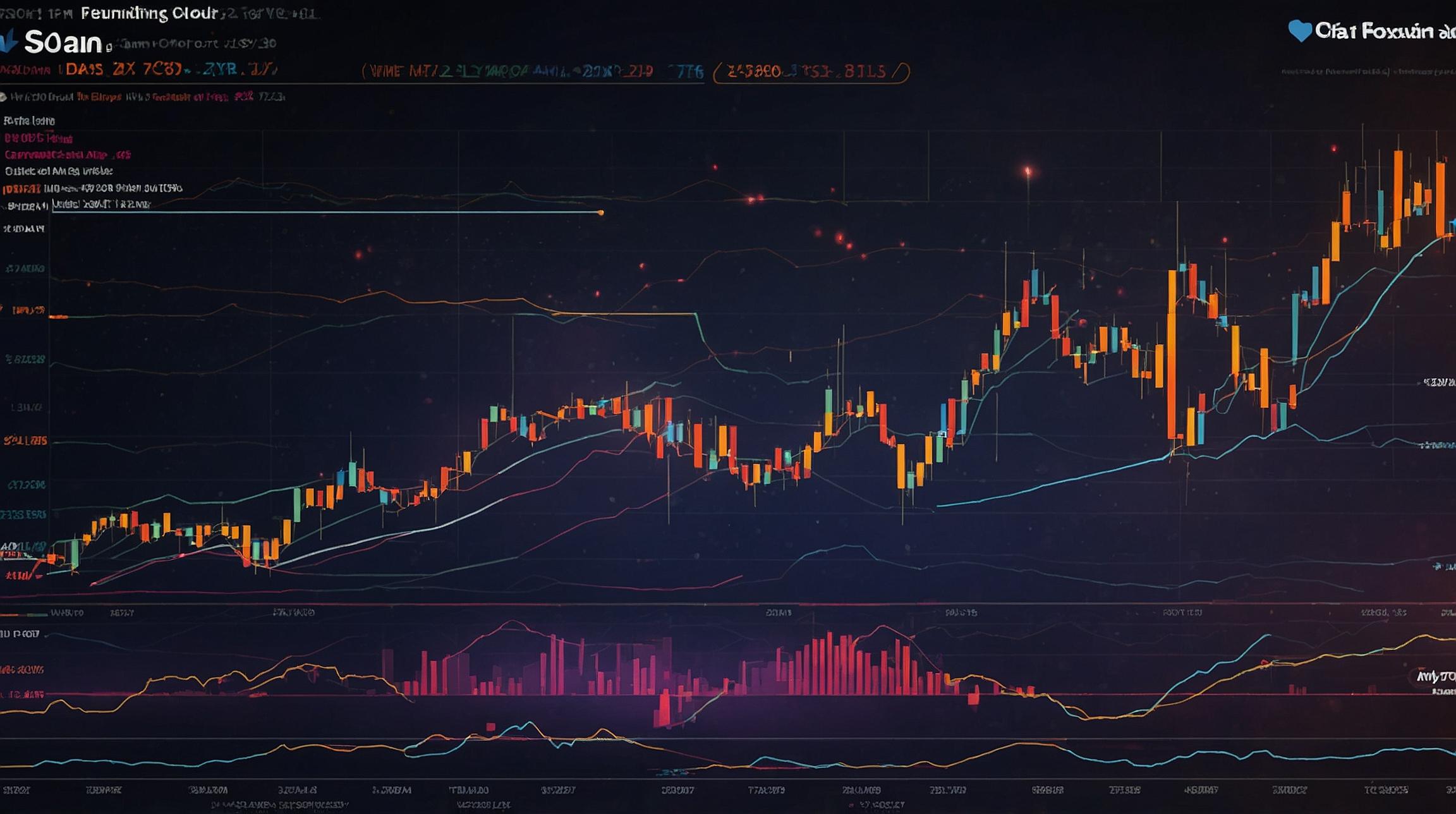Understanding Deep Fakes
The rise of deep fake technology has posed a significant threat to the integrity of media content. Deep fakes are highly realistic fake videos or audio recordings created using artificial intelligence (AI). These can manipulate appearances and voices, making it appear as though someone said or did something they didn't. This capability introduces risks of misinformation, especially in sensitive contexts like news broadcasting.
Verance's Watermarking Solution
To combat this, Verance, a technology company, has developed a watermarking technology called Verance Aspect. This tool helps protect broadcast news from deep fakes by embedding invisible markers within the content. These markers are used to verify the authenticity of the broadcast material, ensuring that what viewers see is legitimate.
How Watermarking Works
Verance Aspect uses open watermarking standards, specifically ATSC watermarking. ATSC (Advanced Television Systems Committee) watermarking involves embedding imperceptible URLs or digital markers in the broadcast's audio and video. These markers remain intact throughout any distribution path, allowing platforms to authenticate content even as it is shared or uploaded online.
For example, imagine watching a news report that has been uploaded to a social media site. The embedded watermark can verify if the video was genuinely broadcasted by a recognized news outlet, thereby reducing the impact of deceptive deep fakes.
Industry Adoption
Several broadcasters have already implemented Verance’s technology, including Graham Media Group, Gray Media, Sinclair Broadcast Group, and Capitol Broadcasting. By adopting this technology, they enhance the credibility of their news content and reinforce public trust, which is crucial, especially during election years when misinformation can be rampant.
Provenance Authentication with C2PA
Verance's approach also integrates with C2PA (Coalition for Content Provenance and Authenticity), which is a consortium that focuses on authenticating digital content's origin through metadata. C2PA's standards require signed metadata to verify content provenance, which is crucial for maintaining transparency about who creates or distributes media.
C2PA and ATSC watermarking combined provide a robust framework for validating broadcast content. This dual-layered system not only protects but also substantiates the content’s origination, offering a clear trace back to its source.
Industry Voices and Support
Industry leaders recognize the significance of this technology. David Burke, Senior VP and CTO of Gray, emphasized the importance of trustworthy journalism and how combining Verance's and C2PA's technologies reinforces news credibility. Similarly, Mike Kralec from Sinclair highlighted the potential of C2PA to play a vital role in future media workflows, underscoring the need for authentication in modern broadcasting.
In conclusion, as AI-driven misinformation continues to challenge the media industry, technologies like Verance Aspect offer essential tools to protect and uphold the integrity of broadcast news.













